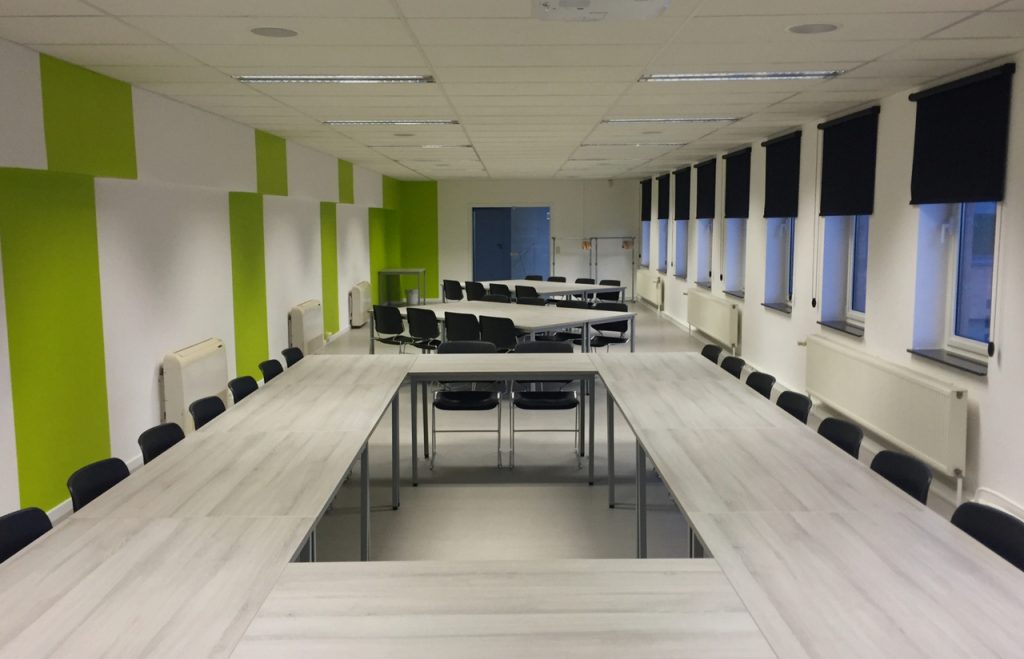A CGT rollover allows you to defer the recognition of a capital gain. Paying tax later is always better than paying tax now. And you might still be able to qualify for the small business CGT concessions later on.
CGT Rollover
The CGT rollover provisions are important when looking at restructuring a business. In a restructure you have a variety of options. One is to sell the business from the old entity to the new and claim a small business CGT concession plus the 50% discount. Or if that doesn’t work out, to claim a CGT rollover.
To listen while you drive, walk or work, just access the episode through a podcast app on your mobile phone.
Sell
You could sell the business from the old entity to the new one. The advantage of this approach is that you might be able to claim the 50% CGT discount in Div 115 and hopefully also the small business CGT concessions in Div 152.
But sometimes the old entity can’t qualify for either of these. For example because the old entity is a company and companies don’t qualify for the 50% CGT discount in Div 115. Or because the old entity doesn’t meet the basic conditions in Div 152-A.
Roll-Over
In that case you need to look at the other option you have. And that is to apply a CGT rollover provision. You don’t avoid paying tax on any capital gain, but you postpone it and maybe can apply a discount or concession later on.
When a CGT rollover applies, the capital gain or loss is deferred. The deferred capital gain is instead taxable at a later time when another CGT event happens to the same or replacement asset.
Conditions
However, to access the CGT rollover, the CGT event and asset must meet certain conditions attached to the specific rollover.
In a rollover the asset carries the same CGT characteristics after the rollover as before the rollover.
For example, when rollover applies to a pre-CGT asset, the asset held after the rollover is also treated as a pre-CGT asset. When a post-CGT asset is rolled over, the asset held after the rollover carries the same cost base or reduced cost base as the asset held before the rollover.
Generally, a taxpayer must choose for a rollover to apply. However, in some cases, rollovers are compulsory.
There are quite a few CGT rollover provisions on offer. But for a restructure the most relevant ones are Subdivision 122-A and s122-B as well as Div 328-G. So let’s look at these.
Subdivision 122-A – Individuals and trustees
Subdiv 122-A applies when a sole trader or trustee disposes a CGT asset to a wholly-owned company. The sole trader or trustee just receives 100% of the shares in the new company. So there is no exchange of cash.
The CGT asset could be one single asset or the entire business.
The CGT rollover relief only applies to certain CGT events. The most important ones are A1 (disposal), D1 (creation of a legal right in the company) and D2 (grant of an option).
CGT event D1 is relevant when the taxpayer wishes to transfer limited economic benefits associated with the asset rather than the asset itself.
Subdivision 122-B – partners
Subdiv 122-B applies when the partners in a partnership restructure to a wholly-owned company.
It works in a similar fashion to Subdiv 122-A, with one variation. The value of each partner’s shares in the company must equal the value of the partner’s interest in the partnership prior to the transfer. This is to ensure that values are not shifted from one partner to another.
All partners must choose to apply the rollover.
Subdivision 328-G – Small business restructure rollover
Subdiv 328-G throws a much wider net than Div 122. While Div 122 only allows a restructure into a company, 328-G also allows a restructure from and to any form of entity.
While Div 122 only covers CGT assets, 328-G covers depreciating assets, trading stock and revenue assets as well as CGT assets.
But there are also similarities to Div 122.
Just as in Div 122, Subdiv 328-G applies when the ultimate economic ownership of the asset doesn’t change through the transfer.
And just as in Div 122, not all assets of the business are required to be transferred in order to access the rollover relief. For example, if an entity has two different business, it could rollover the assets that related to one business to a new entity and retain the other assets that are used in the second business in the existing entity.
Conclusion
The most important insight we hope you walk away with is that a CGT rollover is an important option you have in a restructure. You should always check whether the old entity might qualify for the small business CGT concessions. If they don’t, then the CGT rollover provisions in a restructure are the next best thing.
MORE
Small Business CGT Concessions
New Basic Conditions When Selling Shares or Units
Continuing Professional Education
Disclaimer: Tax Talks does not provide financial or tax advice. This applies to these show notes as well as the actual podcast interview. All information on Tax Talks is provided for entertainment purposes only and might no longer be up to date or correct. You should seek professional accredited tax and financial advice when considering whether the information is suitable to your or your client’s circumstances.
